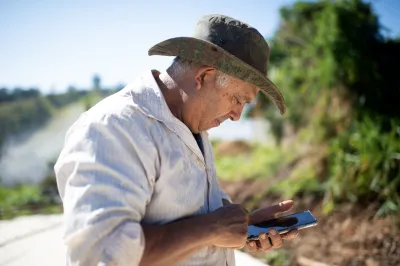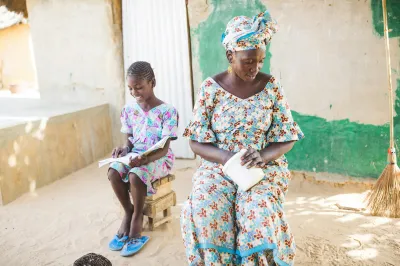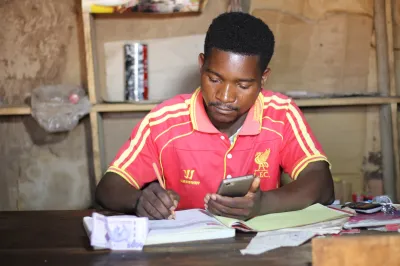The Next Step for Mobile Money Providers: Moving Toward Sustainability
To commemorate the 2nd anniversary of the Haitian earthquake, we are running a few blogs on the mobile money industry that has developed in Haiti over the past two years. The consulting firm Dalberg has recently completed three pieces of research on the Haitian market as part of Haiti Mobile Money Initiative (HMMI). You can read their Haiti mobile money case study here and their research on the NGO experience of plugging into mobile money here.
Today they release the third piece of research on the payments market, specifically on the topic of market segmentation. Our guest authors are Vicky Hausman, Yana Watson, Matt Shakhovskoy and Lorenzo Bernasconi from Dalberg.
With a year of operations under their belts, providers of mobile money services in Haiti are looking to move from a push for rapid expansion to a strategic pursuit of profitable markets. The industry’s kick-start came from a $10 million prize pool supplied by the Bill & Melinda Gates Foundation. Now as the prize mechanism nears its completion, the focus is shifting to sustainability based on supply and demand. For providers of mobile money services, we believe that a successful strategy will depend in large part on market segmentation.
The Haitian economy, though poor, is dynamic and resilient, and mobile money could fit into it in many different ways. Establishing possible uses through research and then offering a mix of services to suit distinct groups of customers will be key to the industry’s long-term viability. Studying and prioritizing these groups through segmentation will help companies to collect the highest return on their investment.
Segmentation is particularly important in nascent industries like mobile money, since identifying early adopters and low-hanging fruit can create opportunities to grow quickly and achieve economies of scale. While it isn’t an easy process, especially in a country where data on markets are hard to come by, it can insure against wasted effort and unprofitable investments. We recommend starting by estimating the size of different segments, then prioritizing them based on the costs and rewards to serve them, and finally planning a strategy to capture the segments that present the highest returns.
To see how we prioritized the segments in Haiti and to read a profile of one of the most promising – the agricultural value chain – see our report here.




Add new comment